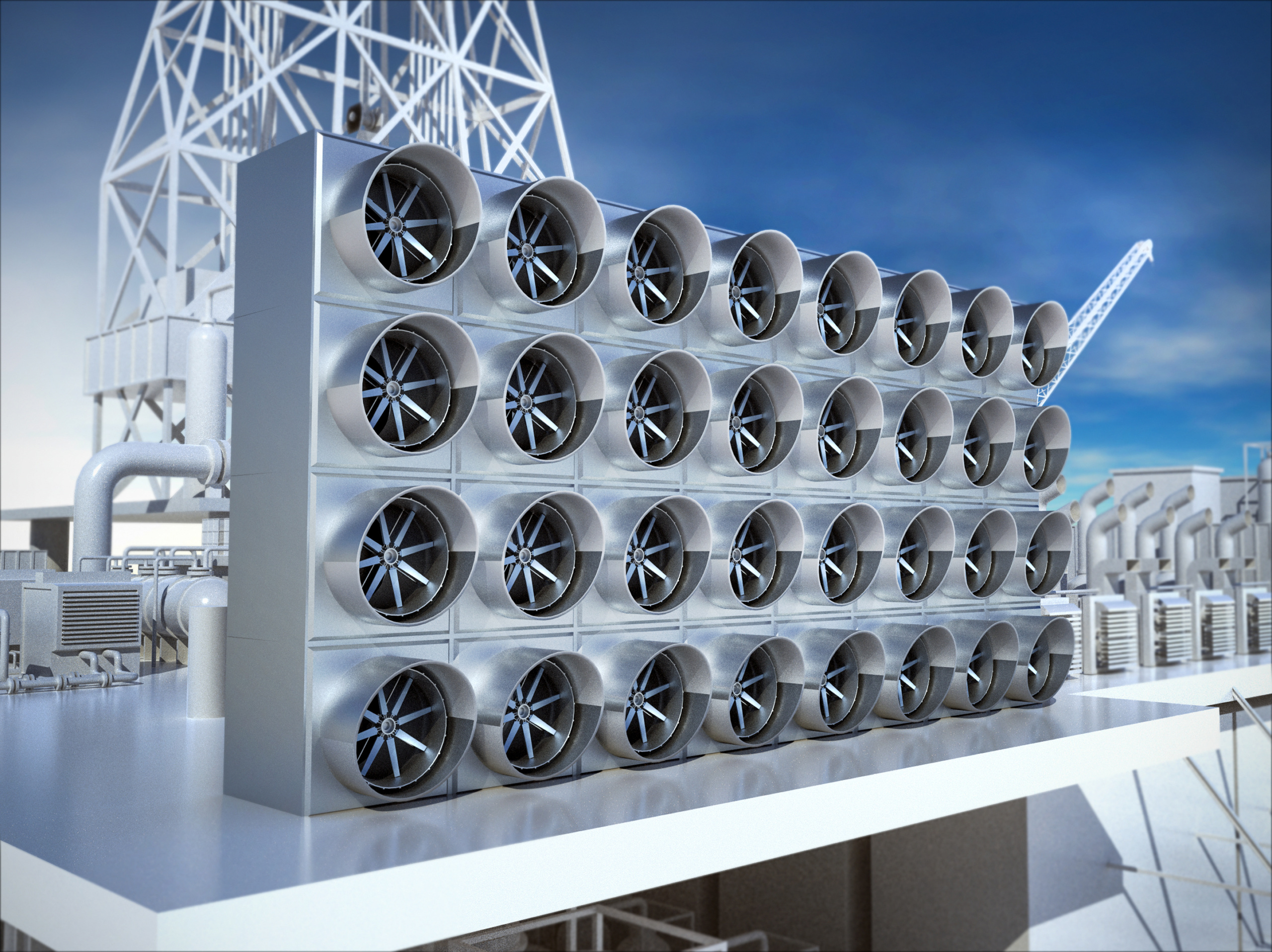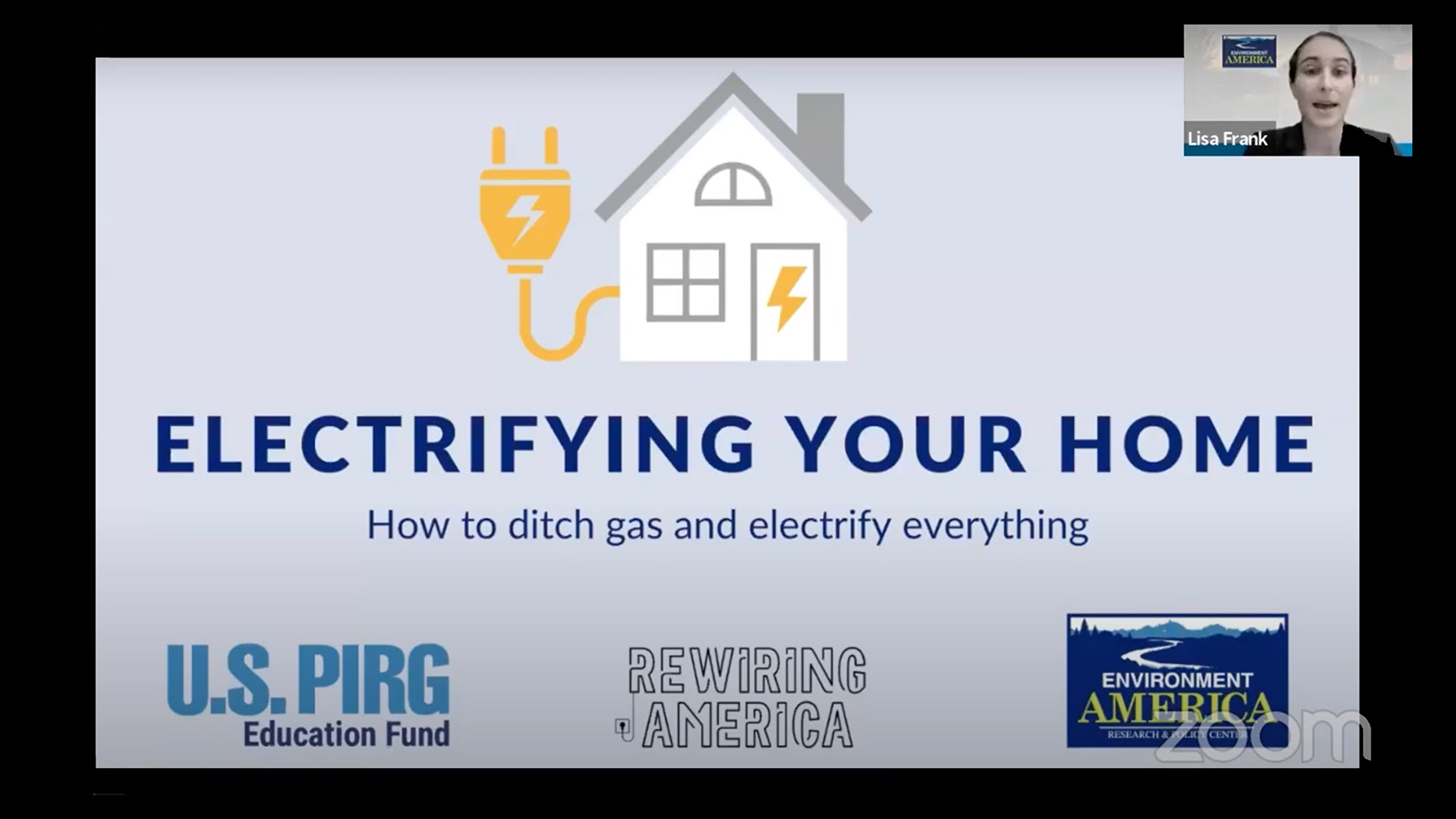
Dirty Energy’s Assault on our Health: Ozone Pollution
Dirty energy pollutes the air we breathe, threatening our health and our environment. When power plants burn coal, oil or gas, they create the ingredients for ground-level ozone pollution, one of the main components of “smog” pollution. Especially on hot summer days, across wide areas of the United States, ozone pollution reaches levels that are unhealthy to breathe, putting our lives at risk. In 2009, U.S. power plants emitted more than 1.9 million tons of ozone-forming nitrogen oxide pollution into the air.
Environment Nevada
Executive Summary
Dirty energy pollutes the air we breathe, threatening our health and our environment.
When power plants burn coal, oil or gas, they create the ingredients for ground-level ozone pollution, one of the main components of “smog” pollution. Especially on hot summer days, across wide areas of the United States, ozone pollution reaches levels that are unhealthy to breathe, putting our lives at risk. In 2009, U.S. power plants emitted more than 1.9 million tons of ozone-forming nitrogen oxide pollution into the air.
In order to better protect public health, the United States Environmental Protection Agency (EPA) should issue a new air quality standard to reduce ground-level ozone pollution. To achieve these reductions in pollution, the United States should increase pollution control technologies for power plants and accelerate the transition to clean electricity sources, including wind and solar power. In addition, the United States should reduce ozone-forming pollution from mobile sources.
Emissions from power plants contribute to widespread ozone pollution in the United States.
- More than half of the people in the United States -56 percent- live in areas with unhealthy levels of ozone.
- Power plants emitted 1,927,569.3 tons of nitrogen oxide pollution, a key precursor to ozone pollution, into the environment in 2009.
- Emissions from power plants in just eleven states account for 50 percent of the total nitrogen oxide pollution emitted by power plants into our environment.
Ground-level ozone pollution puts our health at risk.
- Repeated exposure to ozone can cause permanent lung damage and can even kill. According to a RAND Corporation health study, in California alone, high levels of ozone pollution contributed to nearly 30,000 emergency room visits and hospital admissions and $193 million in hospital medical care from 2005 to 2007.
- Children and adults suffer more asthma attacks and increased respiratory difficulty when exposed to ozone pollution. Approximately 3.9 million children and more than 10.7 million adults with asthma live in regions with very high levels of ozone pollution. According to the United States Department of Health and Human Services, approximately 5,000 asthma-related deaths occur each year in the U.S.
- Children are particularly vulnerable. Children who grow up in areas with high levels of ozone pollution may develop diminished lung capacity, putting them at greater risk of lung disease later in life.
- Ozone exposure can impact prenatal health, with research finding that in-utero exposure to ozone is associated with lower birth weight and intrauterine growth retardation.
Emission controls are helping to reduce health- threatening, ozone-forming pollution from power plants.
- In the last five years, thanks to standards set by EPA, coal- fired power plants achieved reductions in their emissions of nitrogen oxides by an average of 74 percent.
- Overall electric-sector nitrogen oxide pollution has dropped by almost half without noticeably affecting electricity prices or the reliability of the power system.
However, federal standards for ground-level ozone are not sufficiently protective of public health and power plant emissions are still too high.
- Research shows that the current 8-hour ground-level ozone standard of 75 parts per billion (ppb) set in March 2008 under the Bush administration actually leaves millions at risk.
- EPA analysts project that a standard in the range of 60-70 ppb would prevent as many as 12,000 premature deaths per year from heart or lung diseases, along with thousands of cases of bronchitis, asthma and nonfatal heart attacks.
More action is necessary to protect our health and environment from ground-level ozone pollution.
- To protect our health and our environment, EPA should establish a National Ambient Air Quality Standard for ground-level ozone of no higher than 60 parts per billion.
- Power plants should continue to implement more advanced emission control technologies like selective catalytic reduction systems to reduce ozone-forming nitrogen oxide emissions, and ultimately help areas meet the EPA air quality standard.
- Additionally, to help reduce pollution, state and federal governments should accelerate the transition away from fossil fuels and toward a clean energy economy. Important steps include:
- Establishing or increasing renewable electricity standards to ensure that at least 25 percent of U.S. electricity comes from renewable sources of energy such as wind and solar by 2025;
- Strengthening energy efficiency standards and codes for appliances, and requiring all new buildings use zero net energy by 2030;
- Ramping up investment in solar power through tax credits, specific solar generation targets in state renewable electricity standards, requirements for “solar ready homes,” rebate programs, and other measures; and
- Ending subsidies for fossil fuel industries.
Topics
Find Out More


“Certified natural gas” is not a source of clean energy

How you can electrify your home


